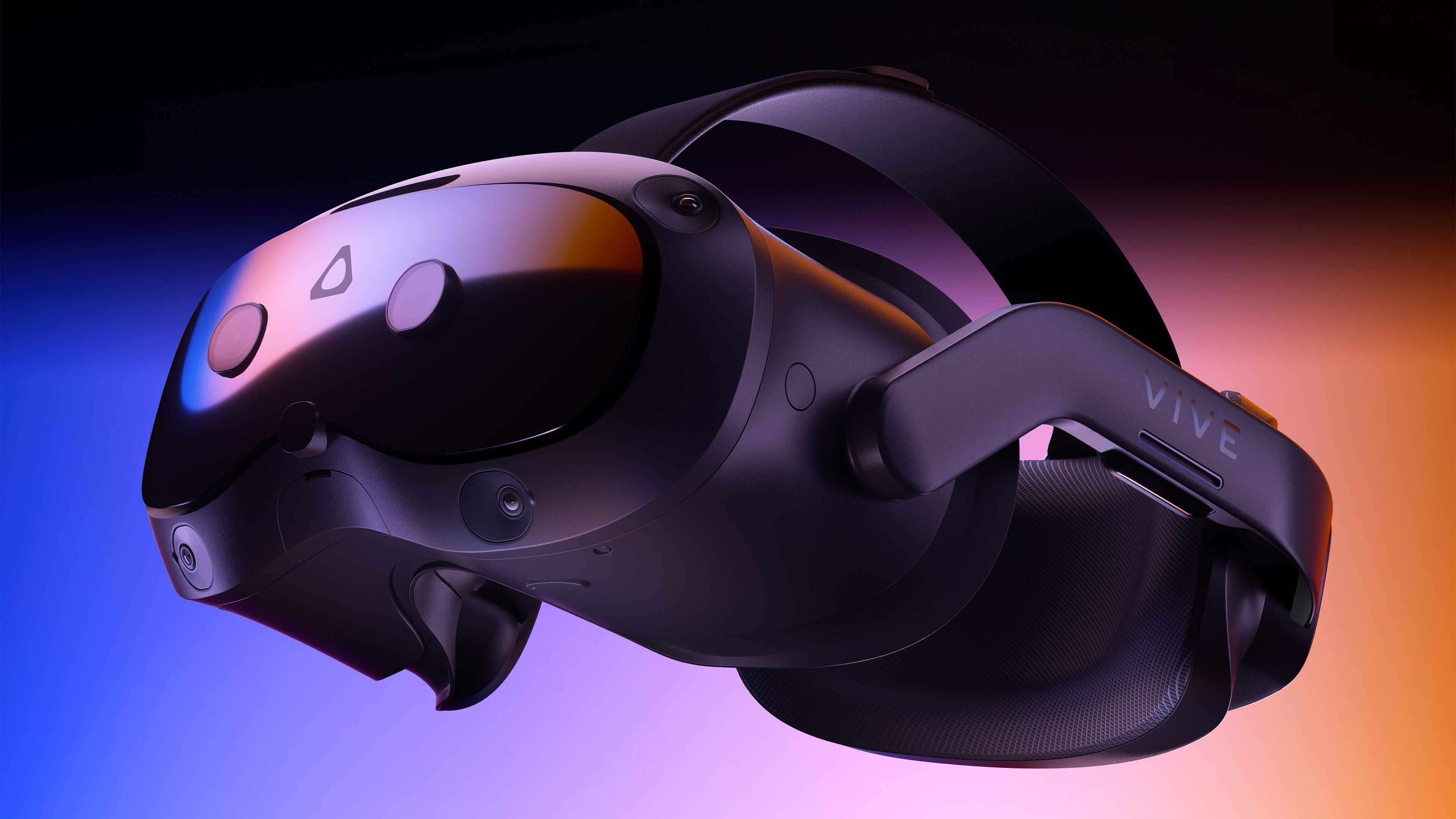
The passion for virtual reality is clearly established among a niche of PC gamers – and while the hardware market has slowed down (save for PlayStation VR2's launch, of course), the imminent release of titles such as Flight Simulator 2024 and Metro: Awakening is perfectly matched to HTC Vive's just-revealed new headset.
Named the HTC Vive Focus Vision, this new headset is the ultimate upgrade for those using older hardware – although, make no mistake, you'll want a beefy gaming PC to maximise its value. That's thanks to a 5K resolution and up to 120Hz refresh rate, delivering the ultimate all-encompassing immersive vision across a 120-degree field-of-view (FoV).
The Vive Focus Vision is the follow-up to the Vision 3 – a headset which, ultimately, wasn't ever marketed for gamers and was used more extensively for business practice and training. While much of the base spec is echoed in the older headset, the Focus Vision enhances a variety of features – including the addition of new cameras, a depth sensor and infrared sensors.
Why do those additions matter? First of all, it makes augmented reality (XR) possible, which future-proofs the setup for any games in the future that may include such passthrough camera needs.
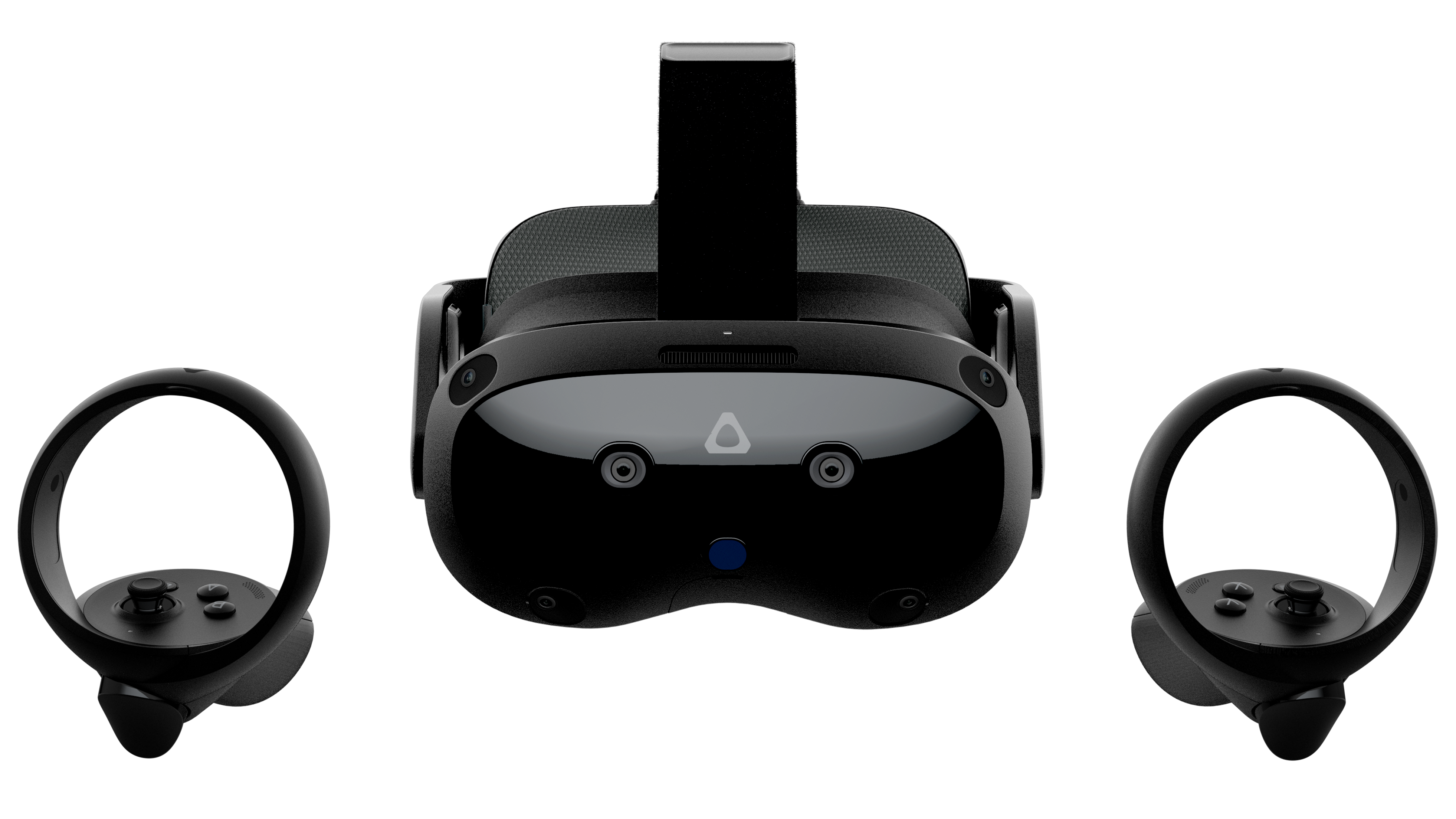
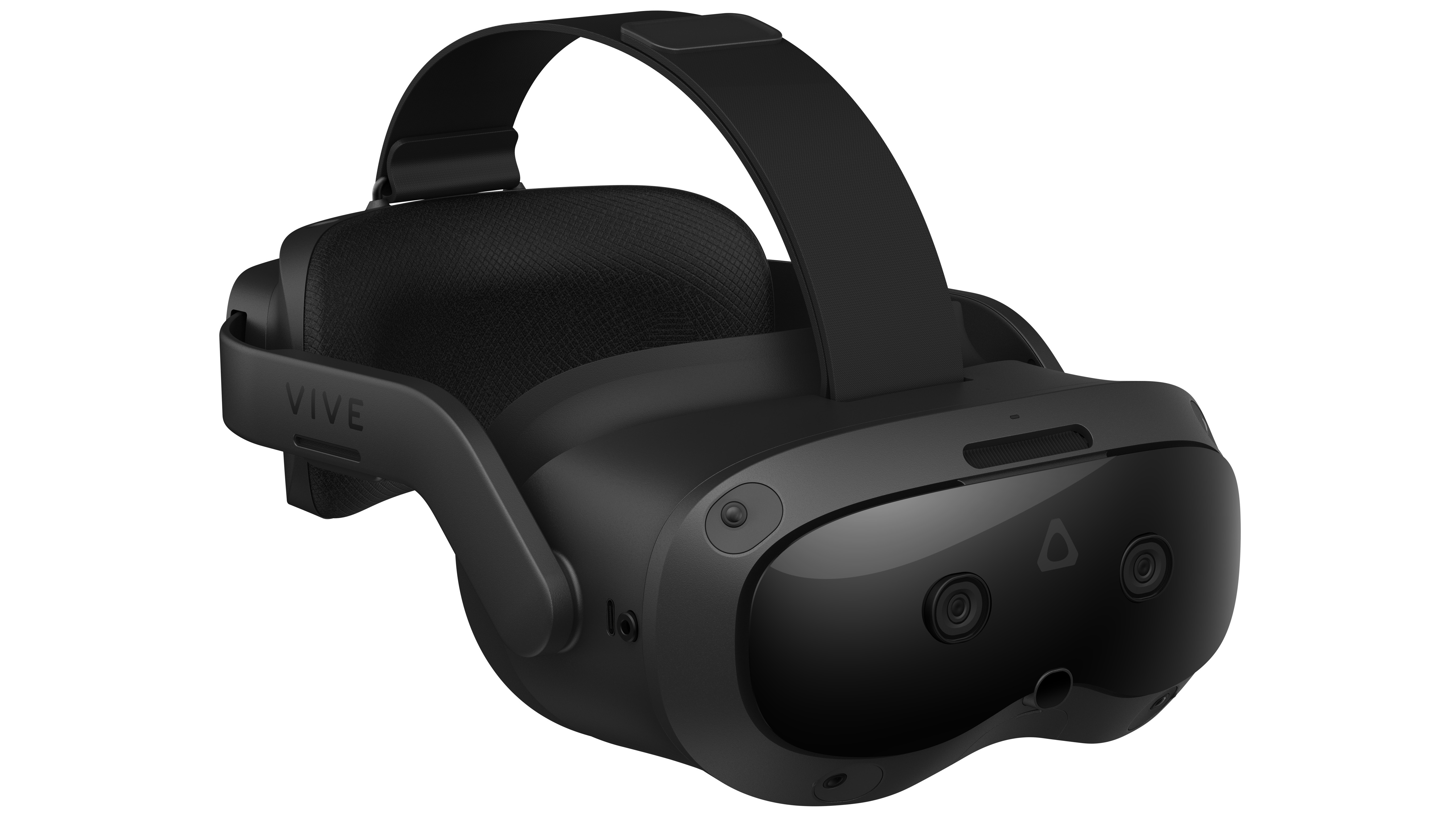
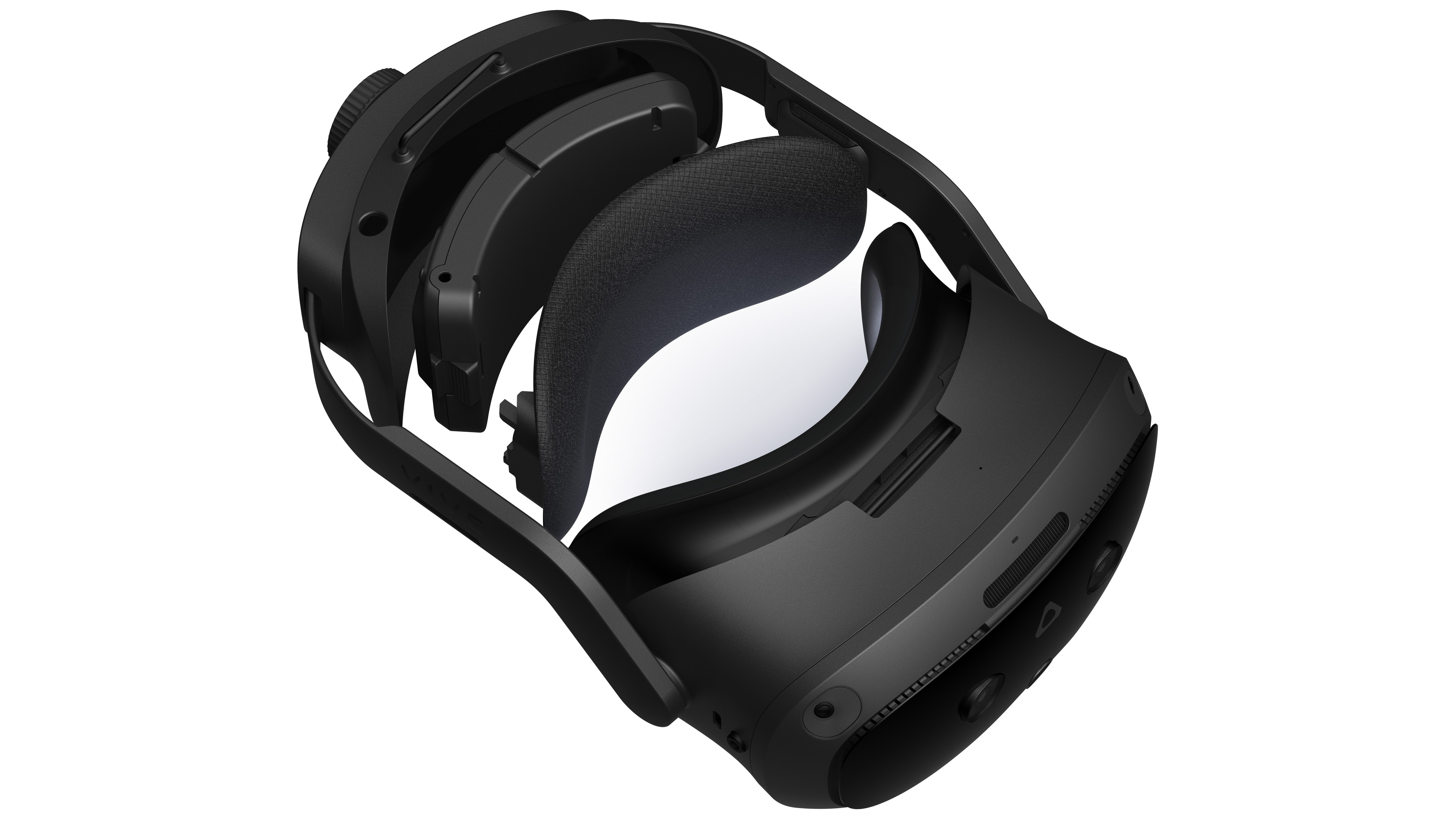
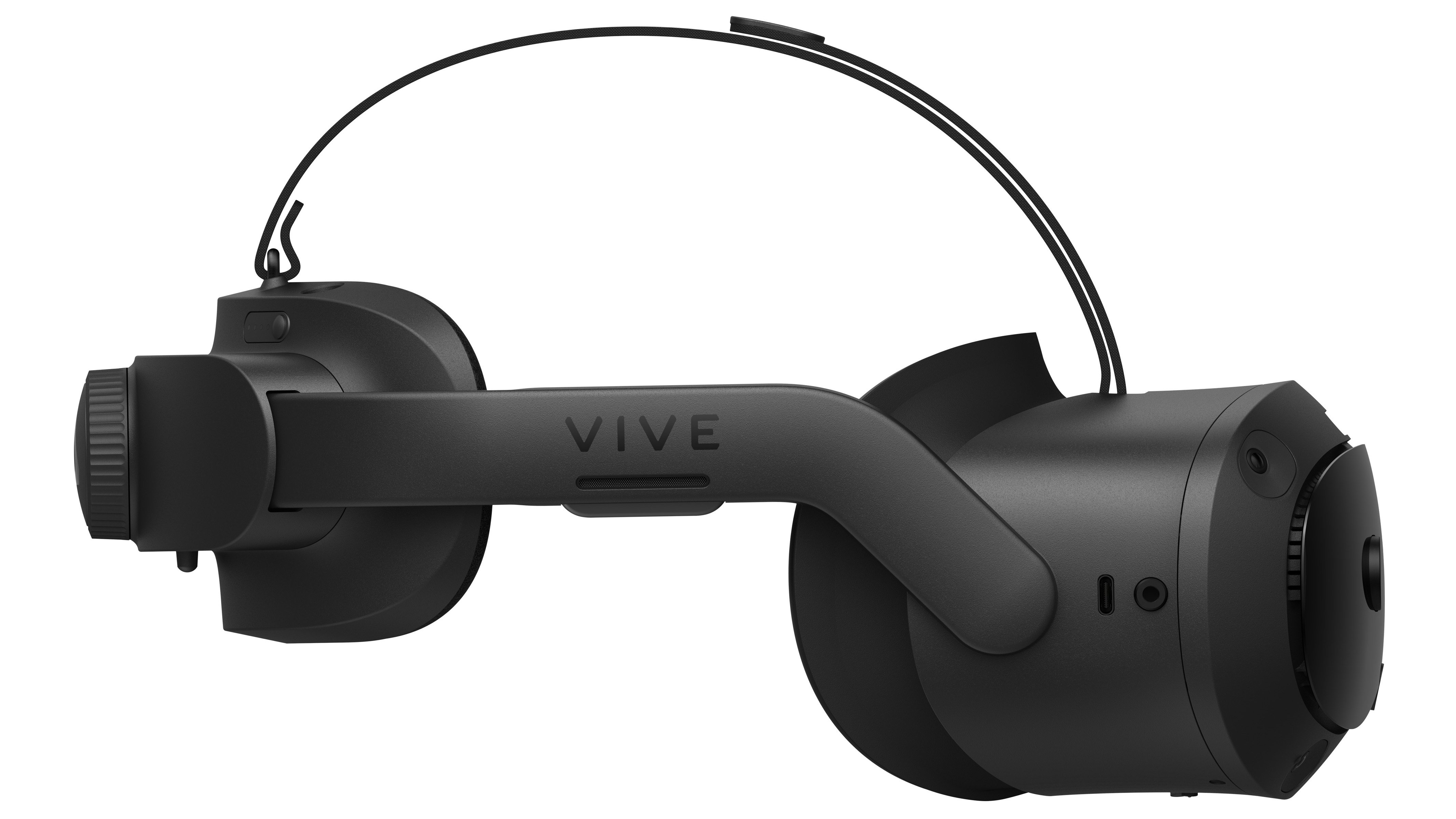

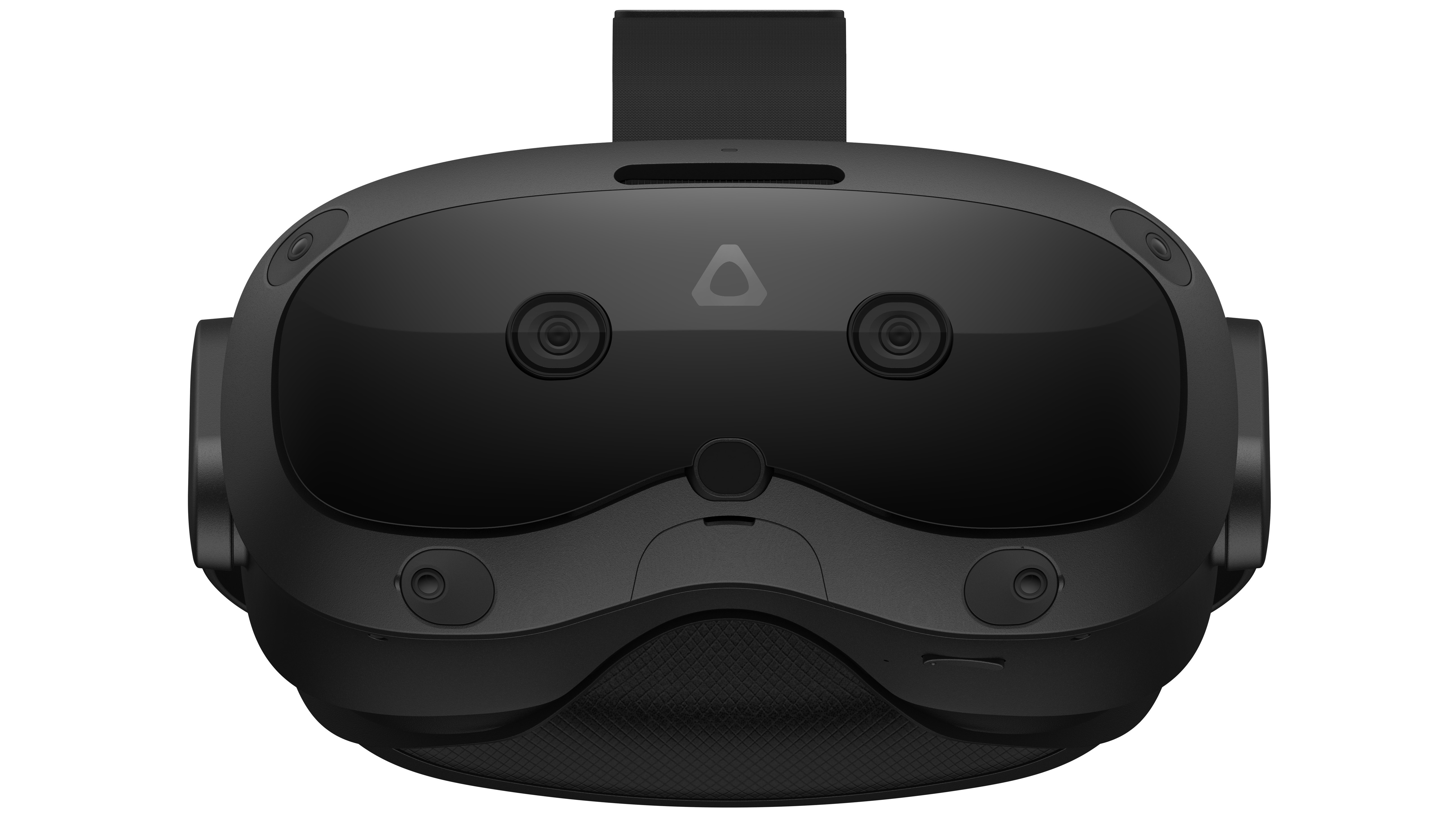
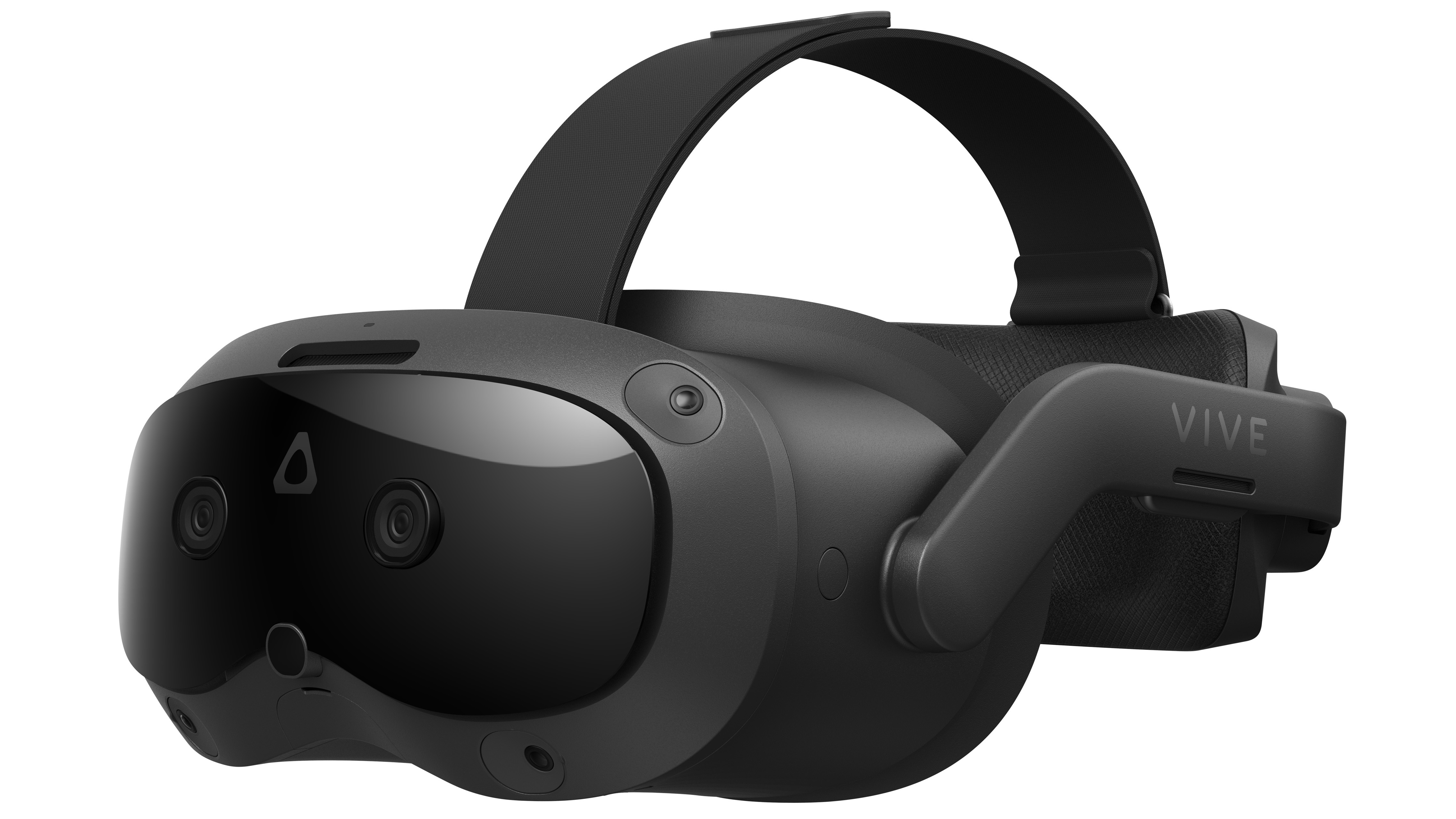
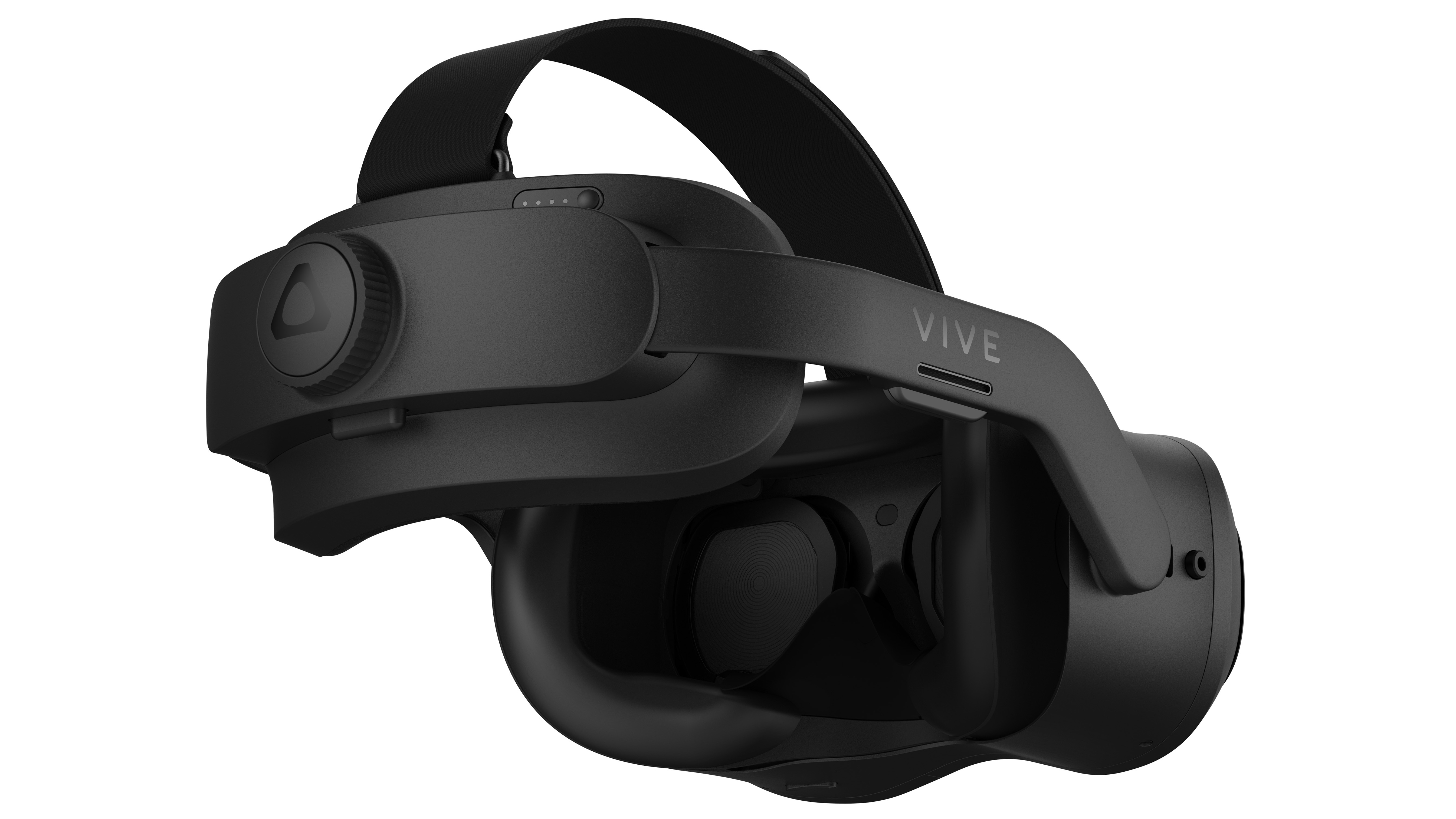
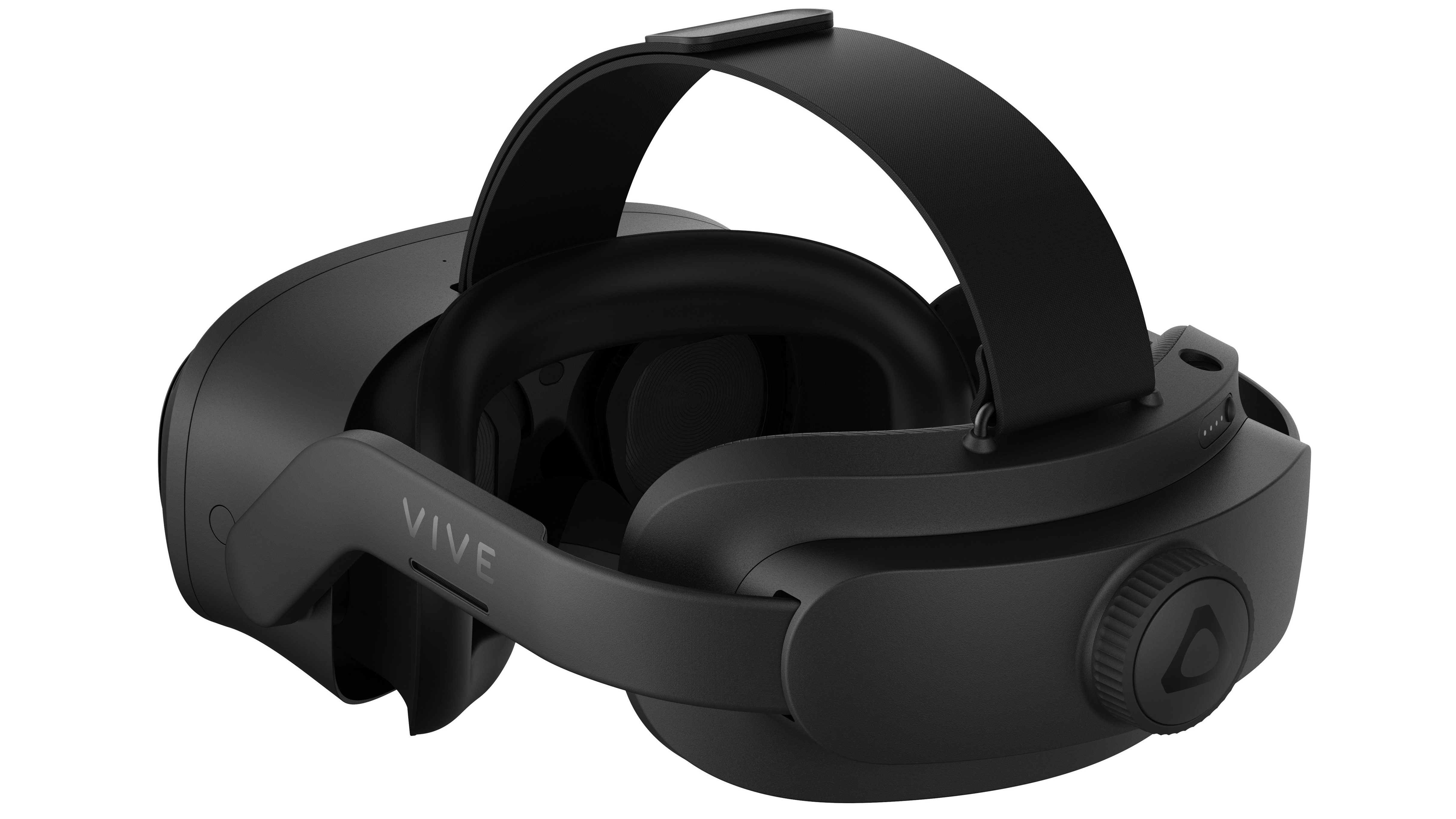
But it's in the details where the upgrades are going to be most notable for VR experiences: the IR sensors can track your eyes, including setting inter-pupillary distance (IPD), with a motor automatically adjusting the lens positions relative to your eyes – so if someone else uses the headset it's super-easy to setup.
Furthermore, the external IR sensors enhance the tracking ability in lower-lighting conditions. As the Vive Focus Vision comes with two handheld controllers, it'll be better than any of HTC's earlier efforts at tracking these in various conditions. And using VR in low light makes a lot of sense to limit any light bleed affecting your experience.
The headset is built from magnesium alloy, which is a similar weight to plastic but far more durable, promising a premium build that'll last for many years to come. The battery packs mean untethered use, and can even be hot-swapped without turning the Focus Vision off for speedy use.
Get all the latest news, reviews, deals and buying guides on gorgeous tech, home and active products from the T3 experts
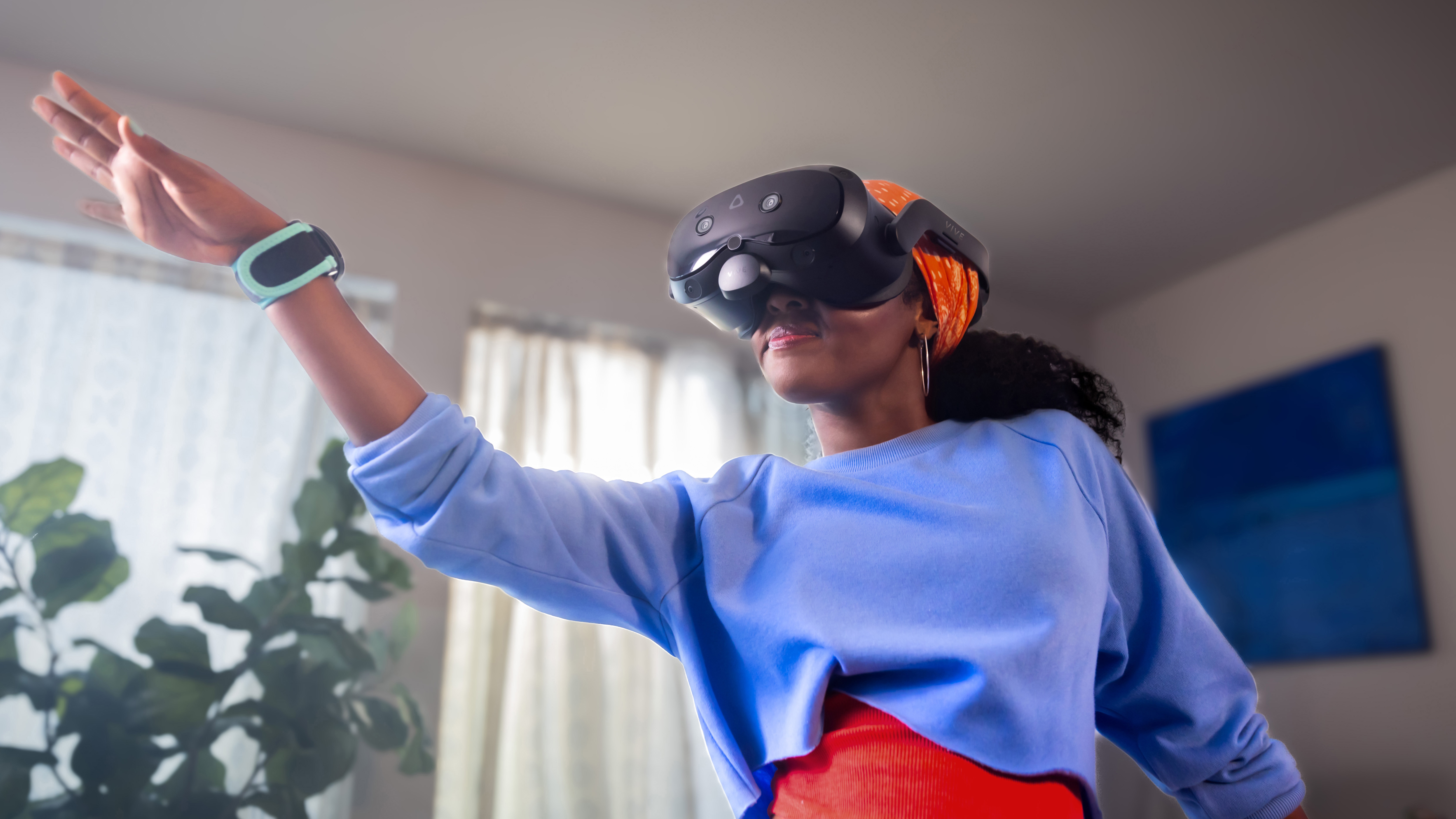

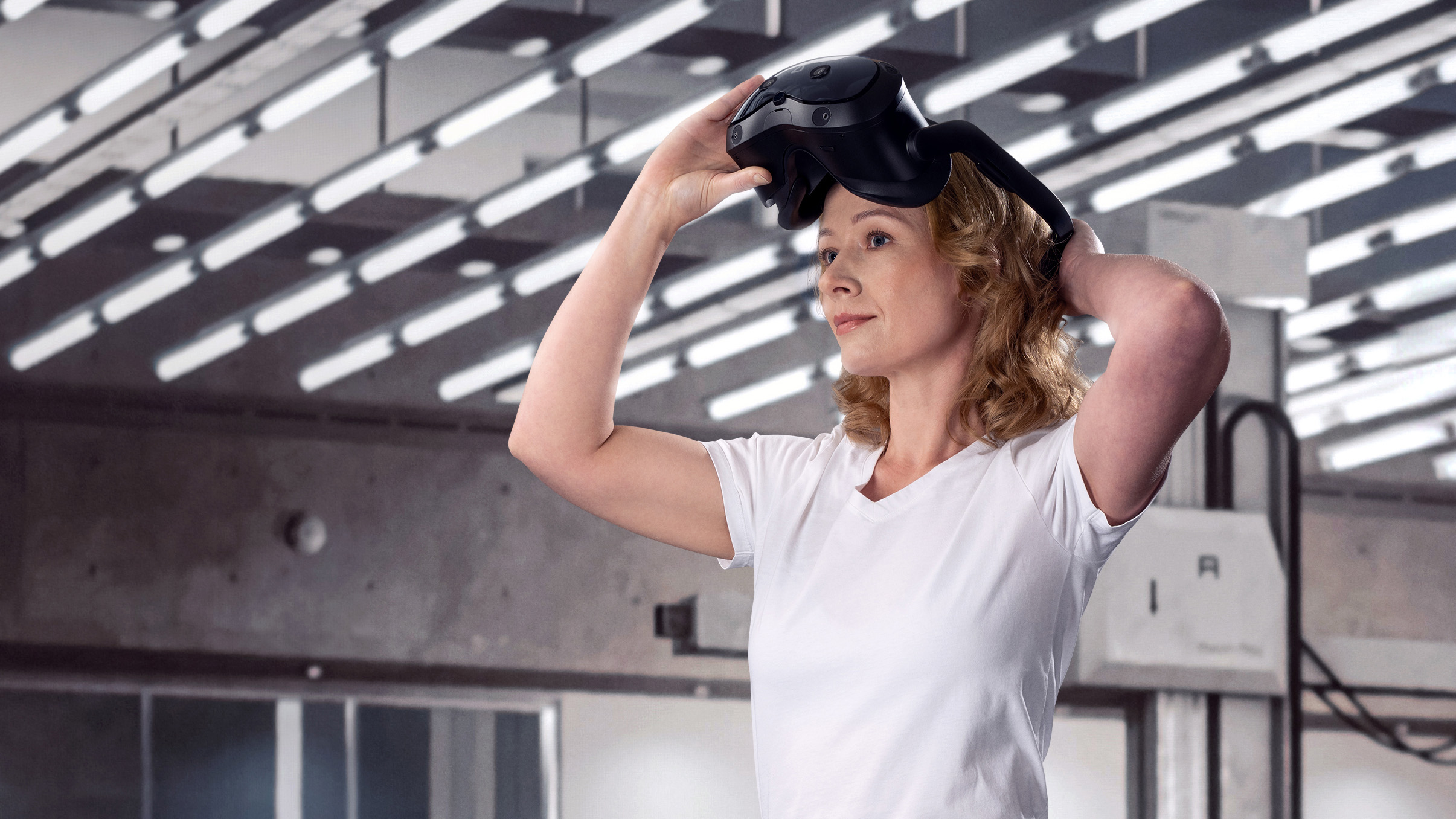
However, battery-only use limits the headset to 90Hz, for 120Hz you'll need the Vive Wired Streaming Kit, which includes a 5m fibre-optic cable that can deliver low-latency signals and power via DisplayPort (yet another upgrade beyond USB-C). Pre-order the Vive Focus Vision before 17 October and this must-have accessory is included for free, as are a bundle of games.
All those extra cameras and sensors do add demand to the headset's processor – here it's Qualcomm's XR2 (not the more recent XR3, oddly) – but with an improved on-board cooling system, which ups the air intake by 30% compared to the Vision 3, while lowering noise levels, your head isn't going to get as toasty as your GPU-laden PC powering the heart of the operation.
The HTC Vive Focus Vision will be on sale from 18 October this year. Pre-orders are open now, with the product priced at £999 in the UK, $999 in the USA, €1199 in Europe, and AU$1899.

Mike is T3's Tech Editor. He's been writing about consumer technology for 15 years and his beat covers phones – of which he's seen hundreds of handsets over the years – laptops, gaming, TV & audio, and more. There's little consumer tech he's not had a hand at trying, and with extensive commissioning and editing experience, he knows the industry inside out. As the former Reviews Editor at Pocket-lint for 10 years where he furthered his knowledge and expertise, whilst writing about literally thousands of products, he's also provided work for publications such as Wired, The Guardian, Metro, and more.
